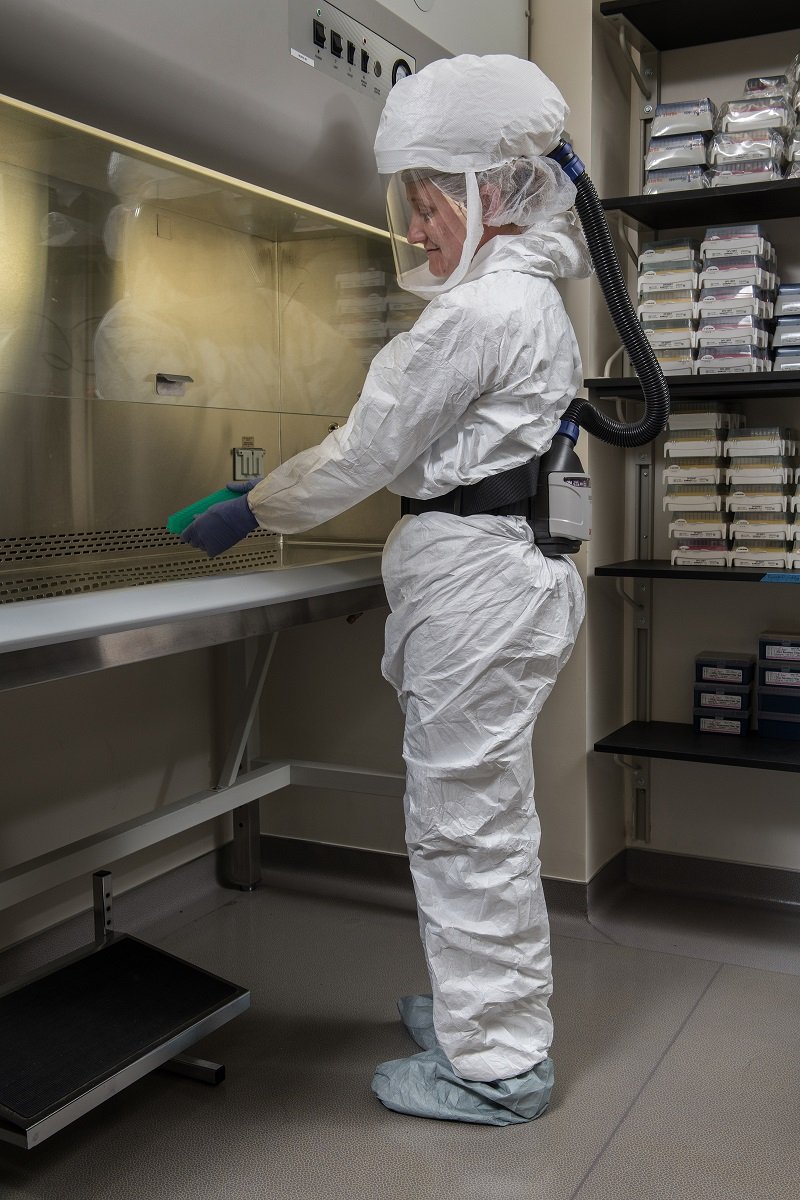Want To Step Up Your PPE Supplies? Read This First
When people hear of “PPE Regulations”, they are immediately put off. It’s like long law books that seem to never end at all. Yet PPE supplies and HSE are in high demand across most, if not all workplace.
We understand that a lot of people find PPE Regulations boring. They most likely don’t even bother finding out the full extent of PPE Regulations and what it does. So, we are here to summarize the PPE Regulation for easier understanding.
What Is PPE Regulation?
The whole PPE Regulation stems from the Health and Safety at Work Act that was published in 1974. Abbreviated HSWA (sometimes HSW) for short, it is basically one of the most important laws to date. It is the primary law that covers health and occupational hazard prevention at the workplace.
HSWA’s aim is to make sure that practical compliance is practised in the workplace. That and to help organisations understand and implement an organisation intended to support health and safety.
The HSWA has made health and safety policy a crucial requirement at the workplace, hence the whole idea of the PPE Regulation. It ensures and enables the safety management structure to be made public so all employees know how HSE is dealt with in the workplace.
It’s best that HSE and PPE officers do not avoid their responsibilities by simply saying that they cannot make do with betterments. In addition to that, although HSE and PPE equipment can get expensive at times, it’s best that employers reduce the workplace threat to the bare minimum.
HSE and PPE officers are responsible for carrying out the risk assessment that requires them to identify precautious measures that protect staffs from harm. By using PPE supplies is a legitimate response to hazards in the workplace. However, it should be applied together with measures to remove, reduce, or isolate the hazard. Otherwise, the PPE Regulation will be useless and insufficient.
Employers and companies legitimately need to provide suitable and sufficient PPE supplies for employees who come under the threat of health and safety risks. All of that except what HSWA says: “where and to the extent that such risk has been adequately controlled by other means which are equally or more effective”. The same PPE Regulation can be applied to the self-employed when it comes to supplying PPE items for their own use.
PPE Duties as an Employer

As an employer, it is of paramount importance that you provide PPE to your employees where there are health and safety problems that cannot be adequately controlled by other means.
If you cannot control the risk by any other means, then PPE equipment must be provided. Make sure that your PPE equipment can comply with the following:
- Has to be appropriate for the risks and for the working environment
- Take into consideration the users’ health, ergonomics, fit factor, and be compatible with other items of PPE when wearing it
- Control the risk presented by the hazard adequately and without increasing overall risk experienced by the worker
- You are to supply PPE equipment to your staffs free of charge. If it is reasons meant for work and health reasons
- You are to properly maintain and store PPE equipment and supplies. To be practical, it’s good to supply a hold-all or similar containers for mobile workers to store their PPE things. This is so that it can help prevent damage to PPE while in transit
It’s good and beneficial for Companies and employers to consult the potential wearers of PPE before they get the right PPE supplies. Those people are usually the best people to seek out advice from as they are the best placed in their demanded jobs to know. They will also know the configuration of PPE supplies that is the most suitable to their environment.
At the same time, when you have ordered the PPE equipment, it’s best that you keep a record of the items issued. Note down the date of issue and the date of any replacement or any maintenance needed.
On top of that, there are also substantial differences in physical dimensions between different workers. It depends on their gender, ethnicity, and lifestyle. That means different sizes and contours should be available to fit wearers.
PPE Training and Demonstration

PPE should be adjustable when problems happen. As employers, you should take into consideration any accounts of medical conditions. If you plan to provide close-fitting respiratory protection, then the wearer has to do specific staff fit testing. You will also need to provide training, instruction, and information to wearers of PPE.
The details that the company should set up are:
- How PPE supplies can help limit or avoid the risks
- The purpose and in what manner the PPE will be used
- Employees who use the PPE supplies to ensure its good working order as well as its hygienic condition
Remember that as employers, it is your responsibility to keep stock and keep track of the PPE supplies. At the same time, it’s great to practise that employers carry out a demonstration on how to use each PPE equipment.
However, the extent of the demonstration depends on the PPE item. If you are doing a demonstration for PPE items such as high visibility vests, a simple demo will do. When it comes to lifejackets, harness, and similar items, then you will need many holistic instructions in place.
It’s good to have an effective system of monitoring and maintenance in place in your company. Furthermore, you should consider setting up a PPE replacement centre in your company. Include periodic appropriate check-ups along with (records of0 tests) and examinations.
If you need to repair and replace damaged PPE elements, then have people who are competent do it. If you have damaged PPE items that need repairing, be sure to store them separately. That way it can be clearly identifiable from the PPE that is ready to put on.
At the same time, it’s also good to have a system in place for employees to report missing or lost PPE items. That way they can get their missing items replaced.
PPE Duties as an Employee
PPE duties for employees are pretty much straightforward and easy. As employees, your PPE duty is to correctly as directed and trained for by your instructors. You are also dutifully to return the items to its storage place after using it (unless agreed otherwise). You will definitely need to report any damaged PPE equipment and supplies to your employers as soon as you are aware of them. All this is beside the point of using it properly.
PPE Equipment Charges

Employers cannot charge their employees for providing or replacing PPE supplies and equipment – whether if it is returnable or not. This rule extends to all agency workers if they legally come in as employees.
If let’s say the employee stops working for the company and the employee keeps the PPE without the employers’ permission. Then the employer may (stated clearly in black and white in employment offer letters) deduct the PPE cost from the employee’s salary.
Conclusion
The PPE Regulations include the above pointers, and companies and its staffs are to follow it. It may come across as dry and boring to read. Many people may find it a drag to try to read through laws. Hopefully, this hashed version of PPE Regulations can provide a better understanding of PPE Regulation.
Got any PPE needs? Don’t hesitate to contact us for your PPE supplies!

